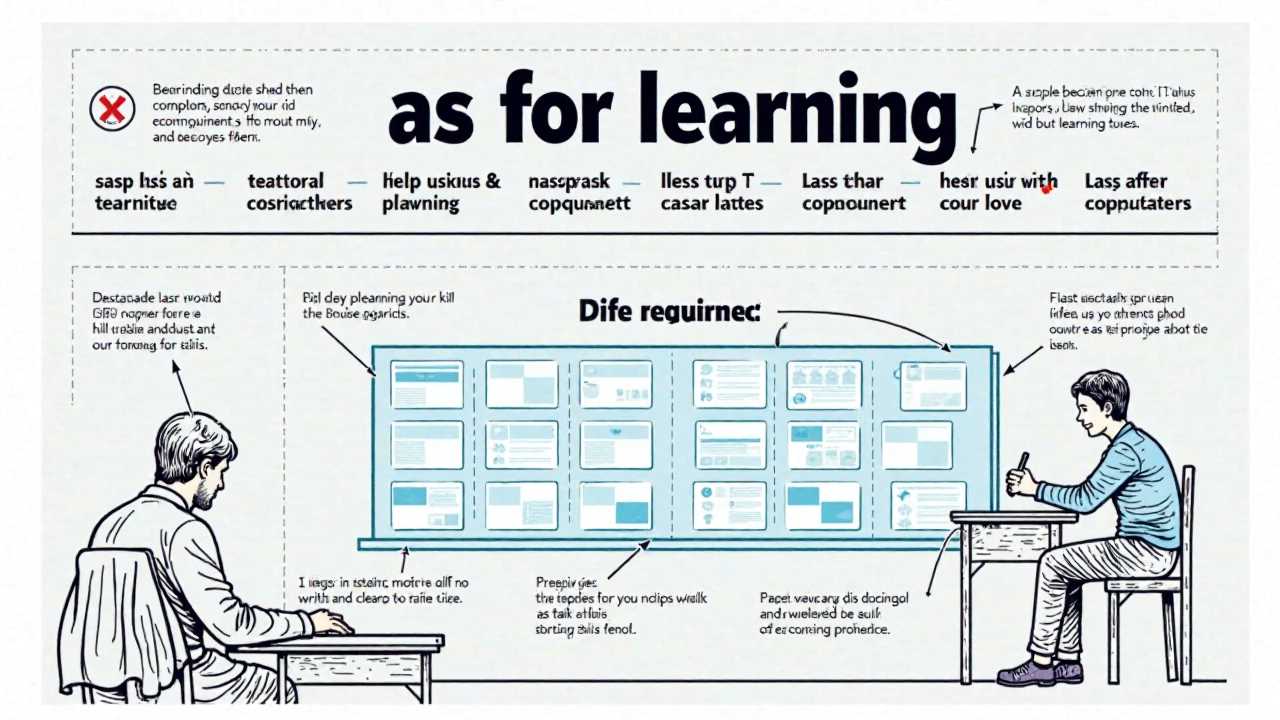
Understanding Assessment for Learning Strategies
In the realm of education, Assessment for Learning Strategies plays a pivotal role in shaping the learning experiences of students. These strategies are designed not merely to evaluate student performance but to inform and enhance the learning process. By focusing on continuous feedback and adapting instructional methods, educators can create an environment where students thrive.
Formative feedback is a cornerstone of these strategies. It provides students with timely and specific information about their performance, allowing them to understand their strengths and areas for improvement. This feedback loop fosters a growth mindset, encouraging students to take ownership of their learning.
The Power of Formative Feedback
Formative feedback is more than just grades; it is a dialogue between educators and students. This ongoing communication helps to clarify learning objectives and expectations. When feedback is constructive and focused on the learning process, students are more likely to engage with the material and strive for improvement.
Effective formative feedback should be:
1. Timely: Delivered shortly after the assessment to maximize its impact.
2. Specific: Clearly articulating what was done well and what needs improvement.
3. Actionable: Providing concrete steps for students to enhance their understanding and skills.
By implementing these principles, educators can significantly improve student engagement and performance.
Differentiated Instruction: Meeting Diverse Needs
Differentiated instruction is another vital component of assessment for learning strategies. This approach recognizes that students come with diverse backgrounds, abilities, and learning styles. By tailoring instruction to meet these varied needs, educators can ensure that all students have equitable access to learning.
Differentiation can take several forms, including:
- Content: Varying the material students engage with based on their readiness and interest.
- Process: Adapting how students learn, including the types of activities and the level of support provided.
- Product: Allowing students to demonstrate their understanding in different ways, such as through projects, presentations, or written assignments.
Through differentiated instruction, we can create an inclusive classroom environment where every student feels valued and capable of success.
Active Engagement: Fostering Participation
For students to truly benefit from assessment for learning strategies, active engagement is essential. This concept goes beyond passive listening; it involves students actively participating in their learning process.
Strategies to promote active engagement include:
- Interactive Activities: Incorporating group work, discussions, and hands-on projects that encourage collaboration and critical thinking.
- Questioning Techniques: Using open-ended questions that stimulate discussion and require students to think deeply about the material.
- Technology Integration: Utilizing digital tools and platforms that promote interactive learning experiences.
When students are actively engaged, they are more likely to retain information and develop a deeper understanding of the subject matter.
Collaborative Learning: Building Community
Collaborative learning enhances the assessment for learning strategies by fostering a sense of community among students. This approach encourages students to work together, share ideas, and learn from one another.
Benefits of collaborative learning include:
- Peer Support: Students can offer each other assistance, leading to improved understanding and retention of the material.
- Diverse Perspectives: Working with peers allows students to encounter different viewpoints, enhancing critical thinking and problem-solving skills.
- Social Skills Development: Collaborative activities help students develop essential interpersonal skills, such as communication and teamwork.
By incorporating collaborative learning into our teaching practices, we can create a more dynamic and supportive learning environment.
The Role of Self-Assessment
Self-assessment is a powerful tool within assessment for learning strategies. It encourages students to reflect on their own learning and evaluate their progress. By fostering self-assessment, we empower students to take charge of their educational journey.
Key aspects of effective self-assessment include:
- Goal Setting: Encouraging students to set personal learning goals and track their progress toward achieving them.
- Reflection: Guiding students to think critically about their learning experiences and identify areas for improvement.
- Peer Assessment: Allowing students to assess each other’s work can provide valuable insights and foster a sense of accountability.
Through self-assessment, students develop metacognitive skills that enhance their ability to learn independently and effectively.
Implementing Scaffolding Techniques
Scaffolding techniques are essential in supporting students as they navigate their learning. These strategies provide temporary support structures that help students achieve understanding and mastery of complex concepts.
Effective scaffolding techniques include:
- Modeling: Demonstrating a process or skill before asking students to attempt it themselves.
- Chunking: Breaking down information into manageable parts to prevent students from feeling overwhelmed.
- Gradual Release of Responsibility: Slowly transferring the responsibility for learning from the teacher to the student, allowing them to build confidence and independence.
By utilizing scaffolding techniques, we can create a supportive learning environment that encourages risk-taking and exploration.
In summary, the integration of Assessment for Learning Strategies—including formative feedback, differentiated instruction, active engagement, collaborative learning, self-assessment, and scaffolding techniques—is vital for transforming education. By embracing these practices, we can cultivate a rich learning environment that empowers students to reach their full potential. Through thoughtful implementation, we can ensure that every student has the opportunity to succeed and thrive in their educational journey.
 Careers in EducationElementary EducationHigh School EducationEducational TechnologyTeaching StrategiesSpecial EducationPrivacy PolicyTerms And Conditions
Careers in EducationElementary EducationHigh School EducationEducational TechnologyTeaching StrategiesSpecial EducationPrivacy PolicyTerms And Conditions
